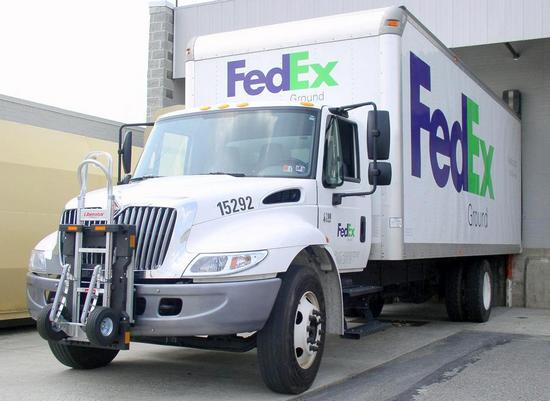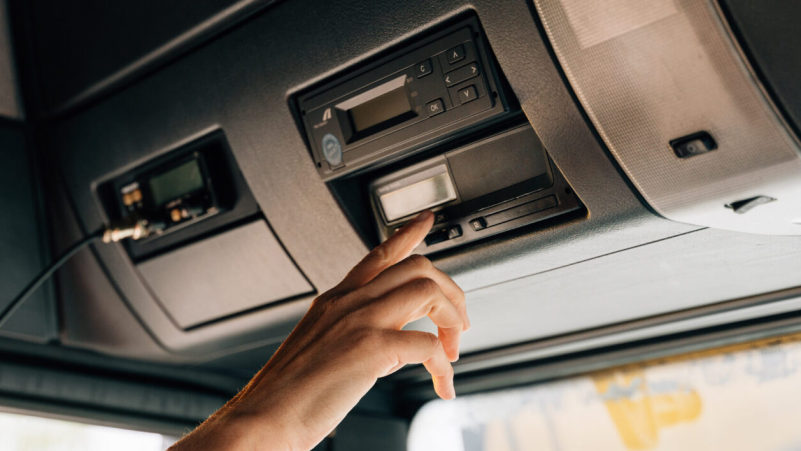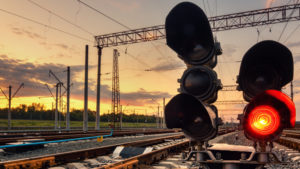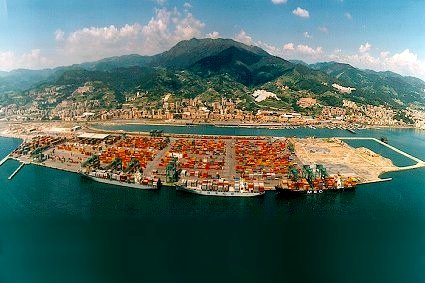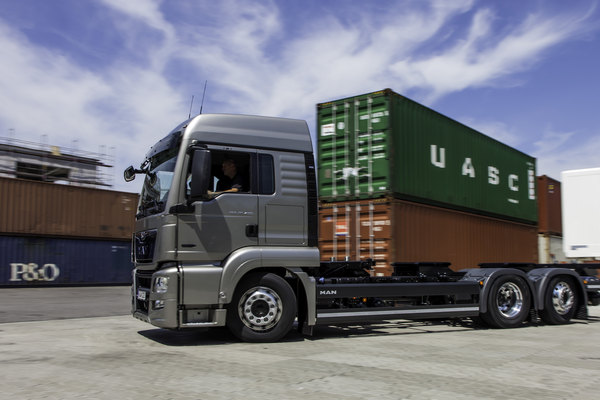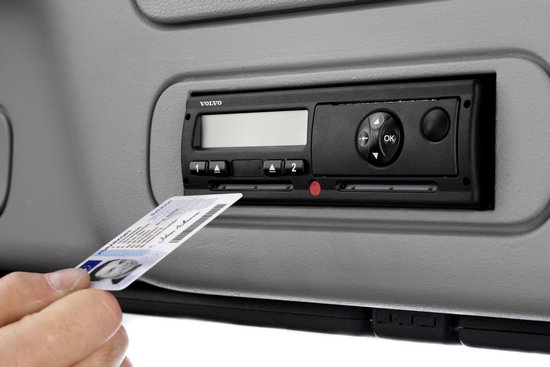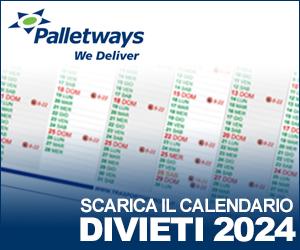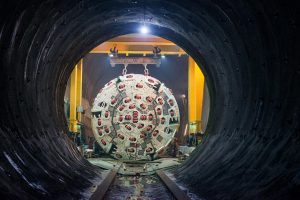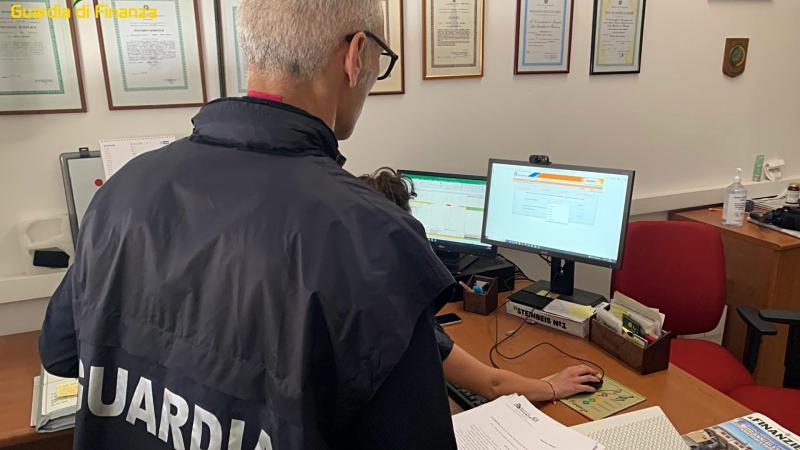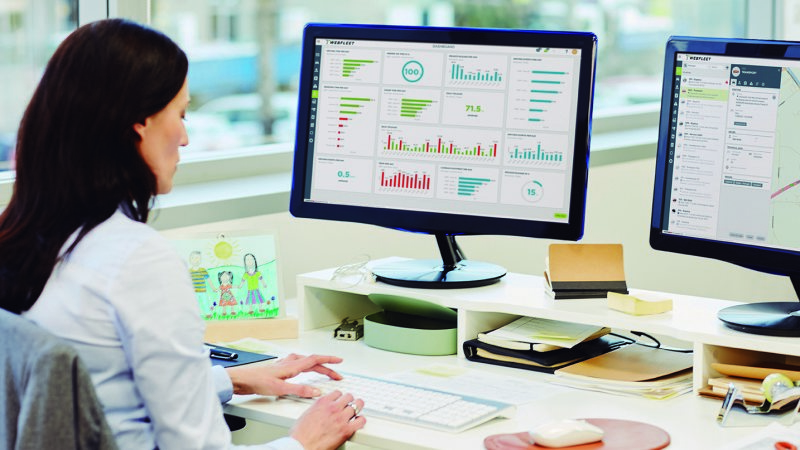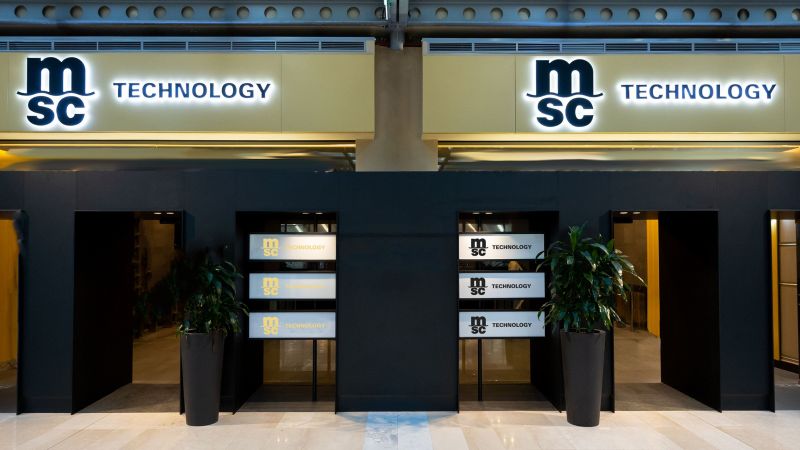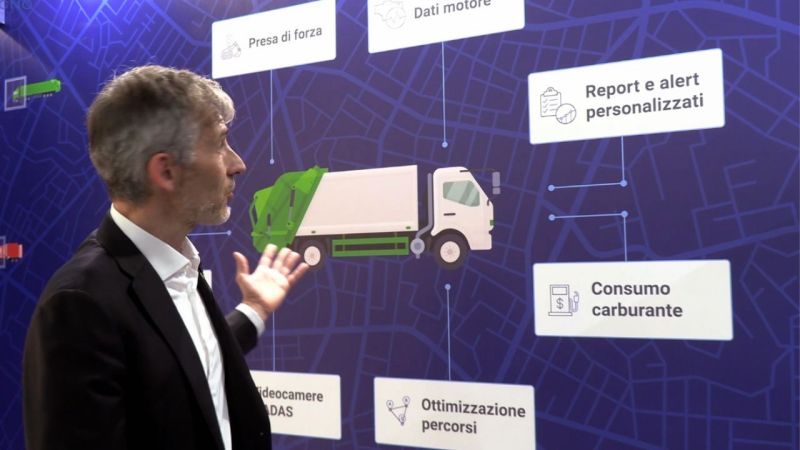While the Italian Transport Minister continues to announce billion-dollar investments in railways and inaugurate construction sites, those who actually use the tracks are struggling through a severe crisis, facing subsidy reductions amounting to just a few million euros. This was the key takeaway from the press conference held by Fermerci on October 2, 2024. During the event, its president, Clemente Carta, painted a grim picture of the sector’s current state and condemned the government for slashing previously allocated funds.
Carta outlined the challenges freight railways face today. Some are infrastructural, such as disruptions caused by floods (most notably in Emilia-Romagna in 2023 and 2024), landslides (affecting the Frejus line), accidents (on the Gotthard railway), and PNRR modernization projects, which affect nearly half of the country’s railway lines. However, external factors also weigh heavily on the sector, including the Red Sea crisis, which has reduced traffic at Italian ports, the war in Ukraine, and a decline in industrial production.
"This situation is putting immense pressure on the entire sector," explained Carta. "In 2023, the industry saw a 3.2% decline compared to the previous year, and forecasts for 2024 indicate a further 6.7% drop, amounting to an estimated 90 million euros in lost revenue. These alarming figures suggest similar outlooks for the next two years, putting both companies and the 15,000 workers employed in the sector at risk."
Since August, Fermerci has sent three communications to the Ministries of Transport and Economy, outlining the dire circumstances and requesting a meeting. So far, they have received no response. On the contrary, the government has further reduced the already limited resources allocated to the sector (especially when compared to road transport). The most striking example is the cut to fleet renewal subsidies. Initially, 115 million euros were allocated in 2021 and approved by the EU in 2023, but in April 2024, the Italian government reduced this by 50 million euros under the PNRR Decree. Although Fermerci managed to restore the funds through legal action, the Omnibus Decree, later converted by the Senate, slashed 55 million euros once again.
Carta highlighted that thanks to the Loco and Carri subsidy, railway companies have ordered 196 locomotives, with an investment of 700 million euros, which is expected to reach 1 billion by the end of 2024. "This is a classic example of regulatory uncertainty in our country," the association stated. "During the administrative process, those who were supposed to benefit from the law saw the legal framework change. This case represents a violation of the legitimate expectations businesses have toward public administration."
Another issue is the subsidy for combined road-rail transport, the so-called Ferrobonus. The 22 million euros allocated for the last three years is the same amount granted in 2011, with no adjustment for inflation. This measure is effective, as evidenced by the eighty applications received. However, companies that qualified for the 2023 subsidy have yet to receive the funds, which might arrive between late 2024 and 2025.
In response to this grim scenario, Fermerci has put together a package of requests it plans to present to the government under the name "Complementary Fund," which aims to support the sector at least until 2027, preventing company closures. The first measure involves an annual increase of 20 million euros for the "Freight Law," which partially compensates for the higher costs of rail freight services compared to other transport modes.
Another 20 million euros per year, from 2024 to 2026, is sought to boost the Ferrobonus. The current allocation ends in 2026, and Fermerci is pushing for its extension to 2027, which has already been approved by the European Commission. The association also calls for faster disbursement of the subsidy to qualifying companies. One positive note is the adoption of a regional Ferrobonus by several regions, most recently Lombardy.
Regarding last-mile operations in ports, railway companies are asking that, at least until PNRR projects are completed, Port System Authorities be allowed to provide their own subsidies (even in small amounts) to companies conducting railway activities within ports. According to Fermerci, this proposal would not impose any burden on the central state administration.
Another request is to prevent further cuts to the fleet renewal subsidy. Fermerci is also calling for multi-year support to cover the costs companies will incur to adapt their locomotives to the European Rail Traffic Management System (ERTMS). In Italy, 758 locomotives will need upgrading, with costs reaching up to 300,000 euros per unit, with the possibility of upgrading a maximum of 150 per year.
Another critical issue is the training of train drivers, especially during a period of staff shortages that also affect the rail sector. Currently, Fermerci argues, the rail sector is the only area of logistics that receives no support for training. Fermerci noted that "rail freight transport serves as the gateway to the job market for 96% of students attending railway training courses." A stable subsidy, estimated at 1 million euros annually, "would help combat unemployment and enable the rail logistics sector to address the ongoing turnover."
Fermerci stressed that this package would not be enough to offset the projected losses for Italian railway companies, which are estimated to reach 90 million euros, compared to the 42 million euros requested in total. However, the sector's demands – which impact around 40,000 people when including related industries – face the challenge of lacking political weight. Moreover, railway companies cannot, nor do they wish to, threaten strikes. So, the government must recognize the futility of building tracks, tunnels, and grand bridges if there are no trains to run on them.



